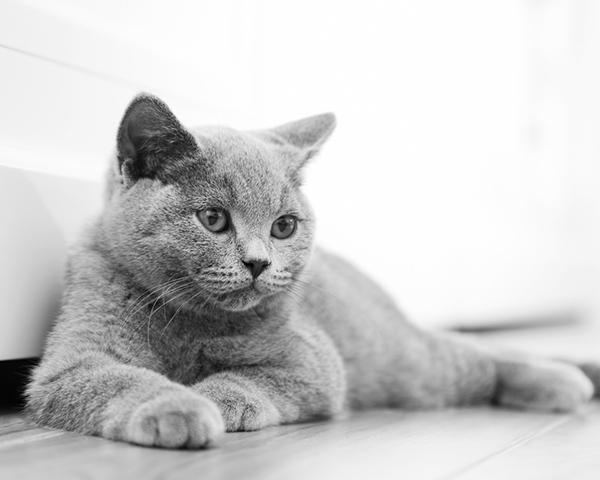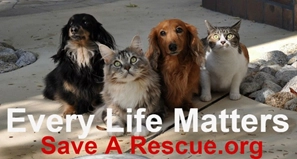
Origin
Great Britain
Personality
- Calm and easygoing
- Affectionate and loyal
- Prefers not to be picked up and carried around
- Intelligent and curious
- Good with kids and seniors
- Good with other pets
- Likes being indoors or outdoors
- May be docile around wild animals – should be supervised if outside
- Low grooming
The British Shorthair is a calm and loyal cat. Although affectionate, they don’t like to be picked up and carried around, and do best in environments that aren’t too noisy, yet give them the stimulation they need to satisfy their curious and playful nature. They are content to be indoors as well as outdoors, but may need to be supervised when outside and dealing with potential wild animals. Their docile nature can make them unfit for dealing with outdoor encounters with animals like raccoons or skunks, that may challenge and fight with cats for territory. These are the perfect pet for families with children, seniors and households with other pets, especially if they have been socialized early as a kitten. Their easygoing nature, teddy-bear face and plush fur make them a favorite pet of many people.
History
British Shorthairs are one of the oldest cat breeds brought into to Britain.
British Shorthairs were thought to be brought in from Egypt to support the Roman’s during the rough invasion with Great Britain.
In the late 1800’s, artist and animal rights advocate Harrison Weir began breeding the
British Shorthair. He started the first cat show in England at London’s Crystal Palace, where his blue tabby won Best in Show. After WWI, British Shorthairs were bred with Persians, Russian
Blues and the French Chartreux.
They gained official recognition as a breed in the 1970s.
Did You Know?
- They were the first fancy cat breed
- These cats were once the loudest purring cat
- One of the oldest breeds
- The British Shorthair was previously known as the British Blue, since their original color was a unique shade of blue!
- After being bred with Persians and other breeds, other color variations were created, although not all colors are recognized by major organizations.
- White Shorthairs are rare and highly prized, but to be entered in shows, they must have pure white fur and sapphire blue eyes, with no flecks of any other color in the eyes.
- The Puss in Boots character from the popular movies is considered a British Shorthair, with his round face and eyes, short, plush fur and snub nose.
- Coby the Cat is a white British Shorthair on Instagram – who currently has 1.8 million followers!
Appearance & Coat
British Shorthairs come in many colors: the original blue, chocolate, cinnamon, sable, white, lilac, red, and orange, among others.
They can have different color patterns ~ such as calico and tortoiseshell.
They are known for their short stocky legs with a short dense coat that requires grooming at least once a week.
They have large, round eyes that resemble those of many cute, stuffed animals! Their eyes are mainly copper, gold or blue, but can be green, hazel and odd-colored as well.
Also note their broad chests and chubby cheeks and round heads.
Their body length is between 22-25 inches, height between 12-14 inches, and weight from 7-17 lbs.
It is recommended to get them a large litter box, especially as adults, since they are on the larger side of cat breeds.
They are prone to gaining weight as they get older, so monitoring food portions and quality is a must.
One health issue known to affect Shorthairs is hypertrophic cardiomyopathy, or a thickening of the heart muscle. This disease can cause shortness of breath and lethargy, and eventually decrease the heart’s capacity. Obesity can exacerbate the symptoms, so be sure your British Shorthair pet has high-quality food and gets enough exercise.






